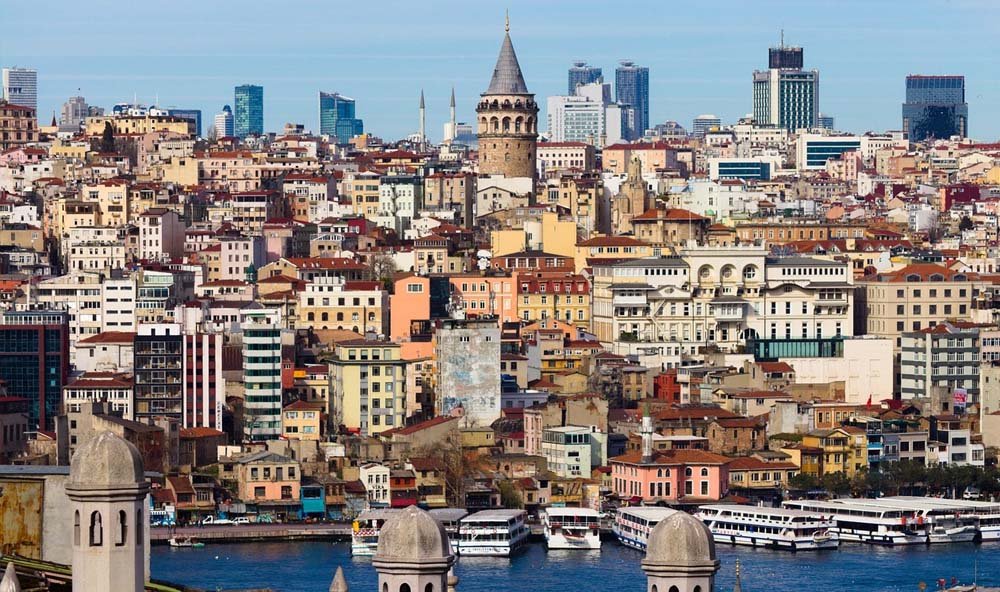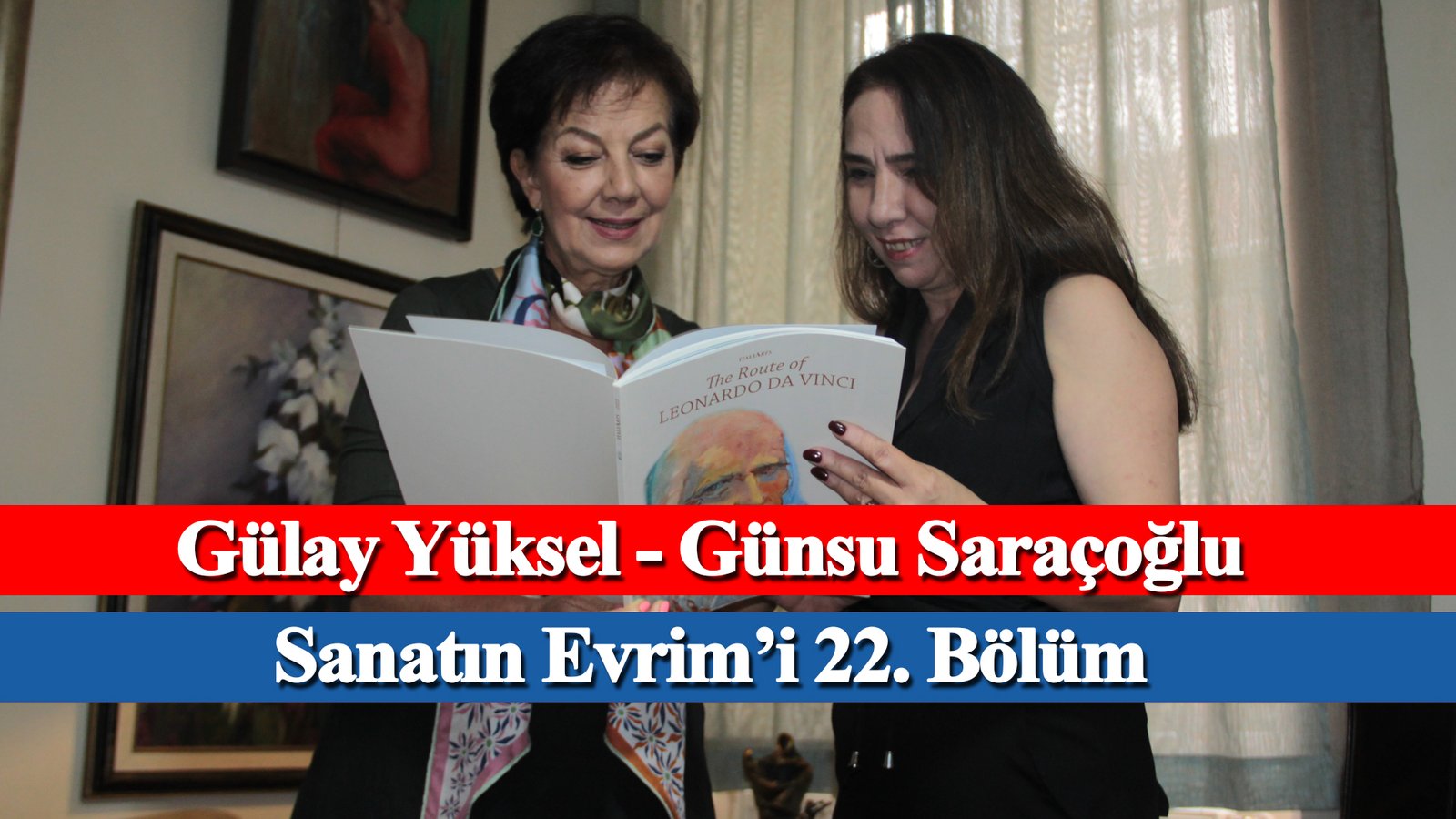Turkey is a country with a unique position in the world, thanks to its rich cultural heritage. Shaped by thousands of years of history and the influence of various civilizations, Turkish folklore and traditions constitute an important part of the country’s cultural identity. In this article, we will explore Turkey’s folklore and traditions, focusing on its rich cultural roots.
Turkish Folk Music:
Turkish folk music is a traditional genre of music that forms an integral part of Turkey’s rich cultural heritage. Originating from various regions of Anatolia, folk music has been used by the Turkish people to express their emotions and thoughts, preserve traditions, and strengthen social bonds. Turkish folk music primarily consists of songs that are orally transmitted and performed with musical instruments.
The characteristics of Turkish folk music include:
Modes and Melodies: Turkish folk music features melodies based on various modes. These modes allow for diversity in the emotional and expressive aspects of the music. Examples of commonly used modes in folk music include Hicaz, Rast, Hüzzam, and Uşşak.
Turkish Folk Music Instruments: A variety of instruments are used in the performance of Turkish folk music. Traditional Turkish instruments such as the bağlama, kemençe, zurna, ney, ud, and clarinet contribute to the unique sound of folk music. These instruments accompany the music, creating rhythm and melody.
Lyrics and Themes: The lyrics of Turkish folk music songs often revolve around universal themes such as nature, love, affection, separation, and longing. Inspired by the daily lives, traditions, and experiences of the people, these lyrics provide an opportunity for listeners to establish an emotional connection.
Regional Diversity: Turkish folk music reflects the cultural diversity of different regions in Turkey. Each region has its distinct musical styles, melodies, and rhythms. The musical traditions of regions like Eastern Anatolia, Aegean, Marmara, and the Black Sea differ from one another.
Turkish folk music holds a significant place in the daily lives of people and plays a critical role in passing down Turkish culture to future generations. Today, Turkish folk music continues to be performed by numerous music groups, choirs, and artists, ensuring the continuation of a traditional and rooted musical culture. Additionally, the unique examples of Turkish folk music are recognized and appreciated worldwide as a musical heritage.

Turkish Folk Dances:
Turkish folk dances are dance forms that constitute an important part of Turkey’s rich cultural heritage. Each region has its own unique dances and costumes. Turkish folk dances reinforce a sense of unity and solidarity among communities, preserve traditions, and serve as a colorful reflection of Turkish culture. Here are some characteristics of Turkish folk dances:
Zeybek: Zeybek is a widely performed Turkish folk dance in the Aegean region. It is a male dance performed among male dancers and reflects themes of heroism, courage, and freedom. Zeybek dance is filled with characteristic movements, leaps, and spins. Dancers typically wear white garments and baggy trousers called “şalvar.”
Horon: Horon is an energetic folk dance specific to the Black Sea region. It is often performed in circles and is known for its rhythmic footwork. Horon dance is characterized by fast and lively movements accompanied by spirited music. Men usually wear trousers, vests, and a fez, while women wear colorful dresses and headscarves.
Halay: Halay is a popular Turkish folk dance in the Eastern Anatolia region. It is often performed by holding hands in a line or forming circles. Halay is executed to fast-paced and energetic music. Dancers follow the rhythm by lifting their feet high, spinning, and performing various other figures. Halay reflects solidarity and celebration among communities.
Bar: Bar is a Turkish folk dance with its origins in the Central Anatolia region. Bar dance is typically performed among male dancers. It is characterized by strong and imposing movements. Dancers usually wear traditional attire such as a white shirt, black trousers, a belt, and a fez. Bar dance symbolizes bravery, masculinity, and community solidarity.
Turkish folk dances play an important role in the social, cultural, and religious activities of Turkish culture. They are frequently seen during weddings, festivals, national holidays, and other celebrations. These dances are activities in which people of all ages can participate, fostering social interaction. Additionally, Turkish folk dances reflect Turkey’s rich cultural diversity by enhancing cultural interactions and solidarity.

Handicrafts and Handmade Products:
Handicrafts and handmade products are traditional crafts and art objects that constitute an important part of Turkey’s rich cultural heritage. These products, created with the skill and craftsmanship of the Turkish people, stand out with their unique designs, intricate workmanship, and aesthetic values. Handicrafts and handmade products carry the deep roots of Turkish culture and are produced using traditional techniques. Here are some examples of Turkish handicrafts and handmade products:
Ebru Art: Ebru art is an original Turkish handicraft. This art form involves creating patterns by using ink droplets on paper. The artist creates patterns by making various touches on the surface of the ink droplets and then dips the paper into water to transfer the pattern onto the paper. Ebru art is a unique expression of Turkish culture.
Tile Embroideries: Tile embroideries are a traditional handicraft that has been practiced in Turkey since the Ottoman Empire era. Tiles are ceramic products made of clay and decorated with various colors. Artists embellish the tiles with unique patterns and motifs through embroidery. These tile embroideries are used in various decorative and functional products such as vases, plates, lanterns, and wall panels.
Carpet Weaving: Turkish carpets are internationally renowned handmade products. The long-standing tradition of carpet weaving among the Turkish people allows for the production of unique carpets adorned with traditional patterns and motifs. Carpets are usually woven on hand looms using wool or silk threads. Turkish carpets are known for their rich colors, intricate designs, and durability.
Copperwork: Copperwork is an important part of Turkish handicrafts. In this art form, various designs are engraved or embossed on copper plates. It is commonly used in the production of traditional household items in cities. Copperwork is skillfully employed in products such as copper pots, samovars, tea kettles, and decorative items.
These handicrafts and handmade products are a distinct expression and representation of the richness of Turkish culture. Many artists and workshops in Turkey continue to preserve and pass on these traditional handicrafts to future generations. Handicrafts and handmade products generate significant interest both within Turkey and internationally, contributing to the promotion and preservation of Turkish culture.
Traditional Religious and National Holidays:
Traditional religious and national holidays are special celebrations that constitute an important part of Turkey’s cultural richness. These holidays are special days that reflect the religious and historical significance of the Turkish society and are often celebrated with joy and gathering of families. Here are some examples of traditional religious and national holidays celebrated in Turkey:
Eid al-Fitr: Eid al-Fitr, celebrated at the end of the Islamic holy month of Ramadan, is a festive holiday that follows a sacred month of fasting for Muslims. It is a time when close relatives, friends, and neighbors come together to share love and tolerance. During the holiday, families gather to perform prayers together, prepare special meals, visit each other, and exchange gifts.
Eid al-Adha: Eid al-Adha, also known as the Feast of Sacrifice, is one of the most important Islamic holidays. It commemorates the story of Prophet Ibrahim’s willingness to sacrifice his son as an act of obedience to God, and the eventual substitution of a ram in place of his son. The holiday is celebrated on the 10th day of the Islamic month of Zilhaj, when Muslims who are performing the Hajj pilgrimage also sacrifice animals as an expression of their closeness to God. The occasion involves family gatherings, sharing of the sacrificial meat, and acts of charity and solidarity.
National Sovereignty and Children’s Day: April 23rd is a significant day as it marks the establishment of the Republic of Turkey and the opening of the Grand National Assembly of Turkey. It is celebrated as National Sovereignty and Children’s Day. April 23rd is a festive holiday eagerly anticipated by children in Turkey. It is celebrated with various activities, performances, and celebrations. Children participate in shows and events organized at schools, immersing themselves in the joy of the holiday.
Victory Day: August 30th is a day that symbolizes the victory of the Turkish nation. It commemorates the Great Victory achieved in the Battle of Dumlupınar in 1922, which marked a turning point in the Turkish War of Independence. Victory Day is celebrated throughout Turkey with various ceremonies, parades, fireworks displays, and commemorative events.
These traditional religious and national holidays are important components of Turkish culture and reinforce a sense of unity and togetherness among the Turkish people. These holidays are periods of gathering, joy, sharing, and mutual assistance within families. Moreover, these holidays provide an opportunity to celebrate Turkey’s national identity and history.
Turkey’s folklore and traditions enrich the country’s history and cultural identity. These cultural roots strengthen the sense of unity among the Turkish people and the commitment to preserving their traditions. Festivals, events, and museum exhibitions organized in Turkey aim to protect and promote these folklore and traditions.
Turkey’s folklore and traditions are significant elements that reflect the country’s cultural heritage and rich legacy. Turkish folk music, folk dances, handicrafts, and handmade products, as well as traditional holidays, showcase the cultural diversity and social cohesion of Turkey. Preserving and perpetuating this heritage play a crucial role in passing down Turkish culture to future generations.




























